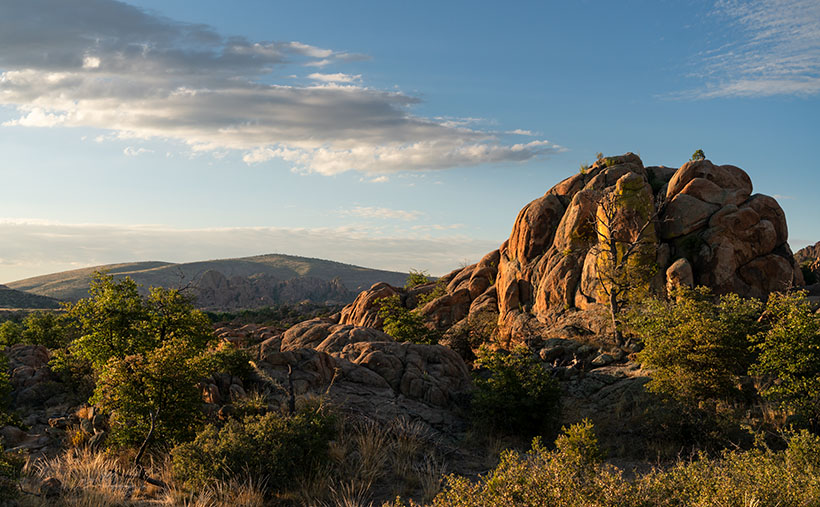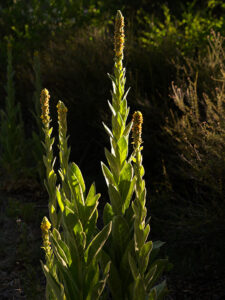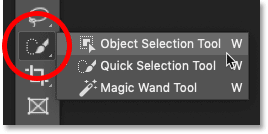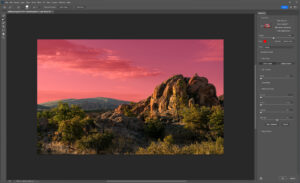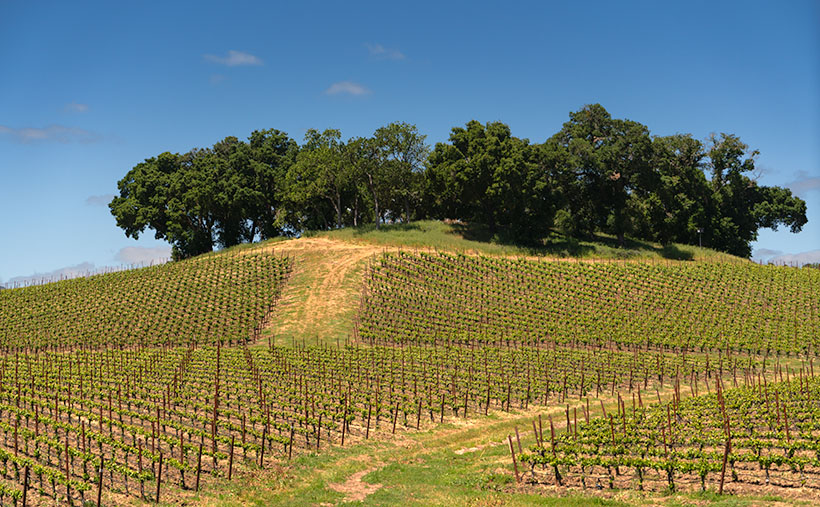
Thumb-deep in the pages of my trusted wall calendar (see more on calendars below)—a tome that’s seen more flips than a circus acrobat—I’m struck by the revelation that November has tiptoed in. This month, we salute not only the leafy tapestries of autumn but also indulge in the time-honored pursuit of pumpkin plundering. The ultimate spoils? Whisking those grim jack-o’-lanterns into pie perfection! And let’s not forget each stellar pie deserves a vinous virtuoso by its side. This month, our glasses are poised for just that.
Paso Robles beckons us back, teasing with three vineyards yet untouched by the footprints of Queen Anne and yours truly. San Luis Obispo County—our seaside serenade in Cambria—lures us with its labyrinthine backroads, rustic seafood haunts, and the siren call of Paso Robles’ vine-clad hills, a wooded sanctuary just a ten-hour drive away.
The “Pass of the Oaks” isn’t merely another dot on the wine map; it’s a chapter from an 18th-century vintner’s diary. With the Mission San Miguel’s historic tendrils, the grape gospel here has been preached for centuries. In this Edenic enclave, broiling daytime heat waltzes with the cool nocturnal breezes—a climatic duet the grapes practically waltz to solar caresses, coaxing ripeness, nightly whispers preserving zest.
But the tale doesn’t end with the meteorological. The Salinas River, a silent matriarch, cradles Paso in a diverse geological lullaby. It’s a mosaic of terroir, each parcel boasting its own soil story and climatic character. Amidst the hidden theatrics of the fault line beneath the 101 Freeway, a sanctuary for over 40 grape varietals thrives.
While the east side of the freeway is renowned for its sandy soils, giving birth to the robust flavors of well-known labels like Robert Hall and Tobin James, it’s also a chessboard of corporate plays. Giants like Julio and Ernesto have swept through, snapping up vineyards and shuttering public tasting rooms, sealing them away from the thirsty public. It’s a reminder that behind every serene row of vines lies the pulsing heart of business—sometimes nourishing, and sometimes, like a wise game of Monopoly, reshaping the very access to these bottled elixirs.
Our visual offering this week captures the ascending vines off Adelaida Road, cresting in an arboreal amphitheater of Live Oaks. Envision us there: Queen Anne and I, picnic basket in hand, seeking reprieve under those leafy sentinels, feasting simply yet sumptuously, all while the tapestry of Paso unfolds beneath us.
Curious about those precision-planted vineyard rows or the storied slope where Queen Anne played Jill—her hill-tumbling fame secured? Navigate to my website <Jim’s Web> or journey to the Fine Art America Page <FAA Page>. Prepare for our next vineyard chapter—it promises to be a symposium of the senses!
Until then, keep your spirits high and your humor dry;
jw
Techniques: The Subtle Art of Polarizing in Photography
In the sprawling vineyards of Paso Robles, a polarizing filter can be as crucial to a photographer as a corkscrew is to a wine enthusiast. It enhances the lush greens of the leaves and deepens the blues of the sky, much like a fine wine enriches a meal. However, the key to using this tool is subtlety, akin to adding just a pinch of spice to perfect a dish.
While a polarizing filter can dramatically reduce glare and enrich colors, the adage “less is more” applies beautifully here. After finding the point of maximum effect by rotating the filter, dial it back a touch. This ensures the scene retains its natural charm without oversaturated colors appearing and the sky unnaturally dark.
Authenticity: Over-polarization can make your images look artificial, robbing them of their authentic feel—something significant in landscape photography, where realism is often the goal.
Dynamic Range: Maintaining some natural light reflections helps preserve the image’s dynamic range, avoiding the ‘flat’ look that can come from over-polarization.
Viewer Connection: A scene that is too perfect can feel alienating. By keeping the location more natural, your audience can connect more deeply with the image, feeling like they could enter it.
As you stand amidst the rolling hills, let your polarizing filter accentuate the contrasts and textures gently. Allow the sky to retain some lightness and the leaves their natural sheen. This way, when you capture the essence of Paso Robles’ terroir, it’s not just the vibrant colors that speak to the viewer but also the nuanced dance of light and shadow that gives the landscape life.
Think of your polarizer not as a tool to transform the scene but to refine it—bringing out its character in a way that’s palpable but not overpowering. By mastering the subtle use of this filter, your images will hold truth to nature that’s as honest and inviting as the region itself.
BTW:
Since there’s only one month left on my wall calendar, I need to order a new one for next year. If you’d like me to print a copy for you, please let me know before Thanksgiving. They’re 8½ X 11 inches on sturdy stock with a spiral ring at the top. I have no idea how much they will cost. Currently, Vista Print wants $14 apiece plus shipping, but they often mark them down later in the month. If you’re willing to roll the dice, let me know (please don’t leave your email in the comments).

